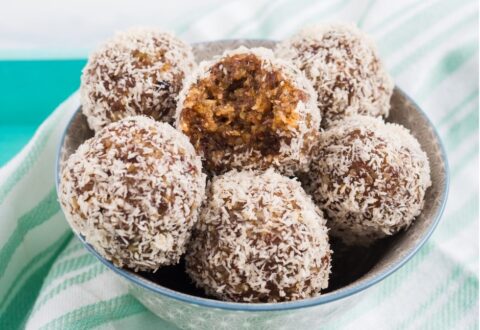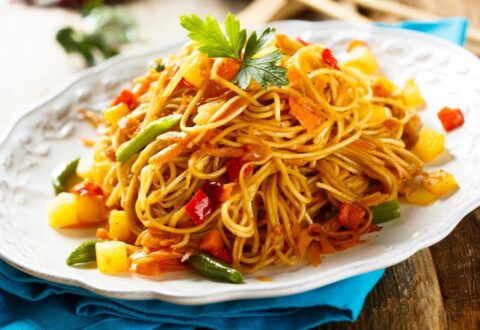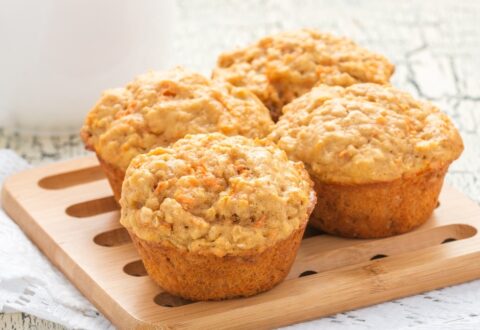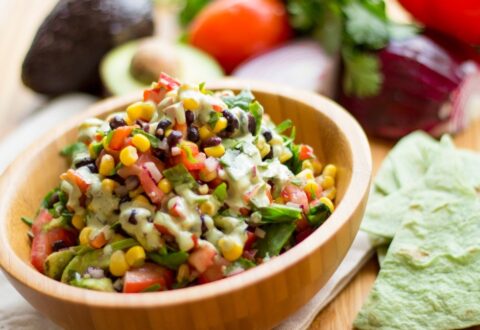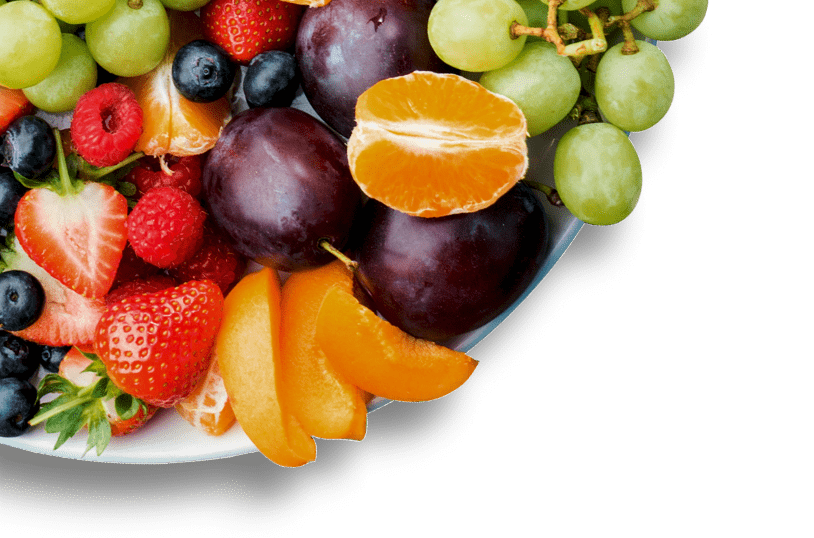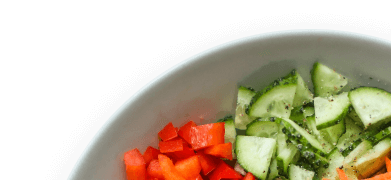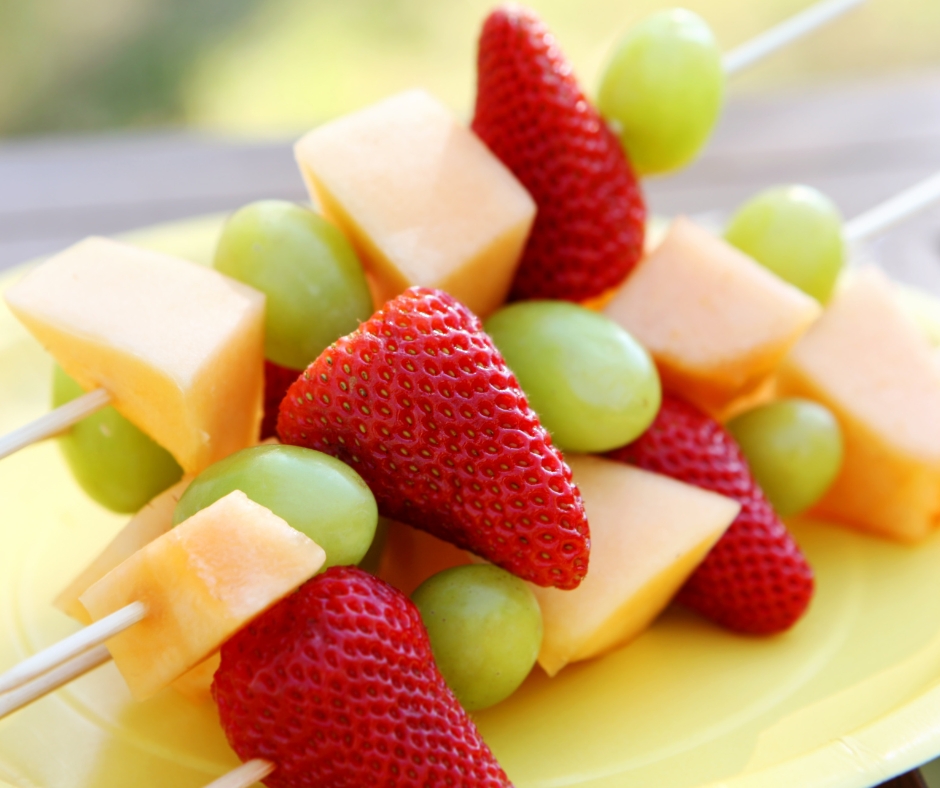Supporting a healthy menu in the classroom
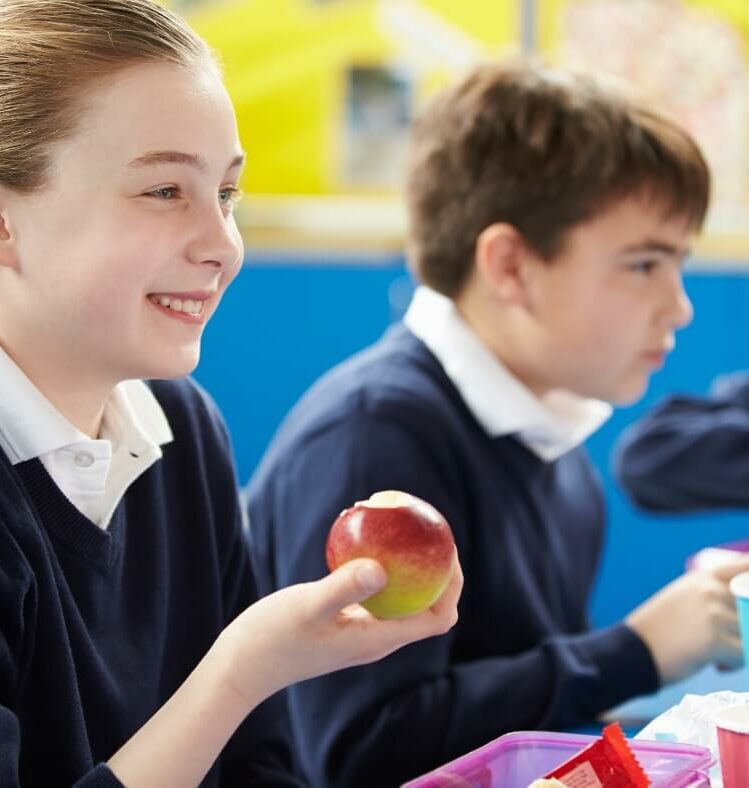
Why is healthy eating important?
Did you know that only 13% of Victorian students are eating their recommended amount of fruit and vegetables! [1]
However, 40% of their daily energy intake comes from discretionary foods such as cakes, fast food, confectionary, and sugary drinks. [2]
Teaching children about nutrition can help to promote optimal physical growth and development. [3]
Healthy students are better learners
Students that eat a nutritious diet can improve mental health, enhance cognitive skills like concentration, memory and learning and improve academic performance. [4,5,6,7] Taking action to help students access and consume a wide variety of nutritious foods to support their health can lead to a reduction in student absenteeism, fewer student behavioural issues, and higher test scores. [3,4,8]
Healthy eating links with the curriculum
Healthy eating and nutrition is a part of the school curriculum, it is important to back this learning up by having a whole-school approach, making all areas of the school a healthy eating environment (i.e. healthy fundraising, special events, healthy canteens, healthy eating curriculum activities).
Having a healthy canteen can have many benefits to students’ performance and wellbeing at your school
Whether your canteen is school-run, run by an external food provider, or you have food sourced from local shops in your area, you can help promote nutritious options by reinforcing healthy eating messages in the classroom.
Why get students involved in supporting a healthy canteen in the classroom?
- It can help students to have a healthier relationship with food.
- Canteen menu changes will have greater acceptance and sustainability.
- You will be contributing to a whole-of-school approach to healthy eating at your school.
- Students will help to support the work being done by canteen staff.
Classroom activity ideas
Get the creative juices flowing
Get the students thinking outside the box by setting mini competitions.
You could get students to:
- come up with a healthy snack or meal recipe to trial
- design promotional posters to advertise the canteen and its healthy items
- create cool and fun names for new menu items (e.g. The Hulk Burger)
- you could even get the students to help name and decorate the canteen, like Marlborough Primary School did!
Grow, grow, grow
If your school has a kitchen garden program why not link it to the canteen, by using the ingredients you grow and recipes you cook to test possible new canteen menu items.
You could also help to supply the canteen with herbs or easy to grow vegetables (you might even save a little money).
See Stephanie Alexander Kitchen Garden Foundation for support to deliver pleasurable food education through kitchen gardens.
Many hands make light work
Students could volunteer in the canteen, supporting the school, learning some great life skills and gaining retail experience.
Students take the lead
Get your school’s student representative council or students’ voice group to support the canteen and take charge of ensuring the menu is loved and healthy. This could include helping to plan theme days.
Promotion is key
Get the students involved with creating promotional videos about the canteen and/or updates about changes to the canteen menu. This will help the school community get excited about the canteen! You could post these on the school’s social media (e.g. Facebook, website).
References
[1] Victorian Student Health and Wellbeing Survey. The Department of Education and Training, 2018, https://www.education.vic.gov.au/Documents/about/research/vshaws/VSHAWS-2018-Summary-Report.pdf
[2] Australian Health Survey 2011-12. Australian Bureau of Statistics.
[3] American College of Sports Medicine, American School Health Association, GENYOUth Foundation, National Dairy Council, The Wellness Impact: Enhancing Academic Through Healthy School Environment, March 2013.
[4] Jacka FN, et al. Associations between diet quality and depressed mood in adolescents: results from the Australian Healthy Neighbourhoods Study. Aust N Z J Psychiatry. 2010 May;44(5):435-42. https://www.ncbi.nlm.nih.gov/pubmed/20397785
For more information please phone 1300 22 52 88 or email heas@nnf.org.au
Except where otherwise indicated, the images in this document show models and illustrative settings only, and do not necessarily depict actual services, facilities or recipients of services. This document may contain images of deceased Aboriginal and Torres Strait Islander peoples. In this document, ‘Aboriginal’ refers to both Aboriginal and Torres Strait Islander people. ‘Indigenous’ or ‘Koori/Koorie’ is retained when part of the title of a report, program or quotation. Copyright © State of Victoria 2016
Written and reviewed by dietitians and nutritionists at National Nutrition Foundation, with support from the Victorian Government.

Related resources
Featured recipes
Explore more recipesRegister your interest
"*" indicates required fields




